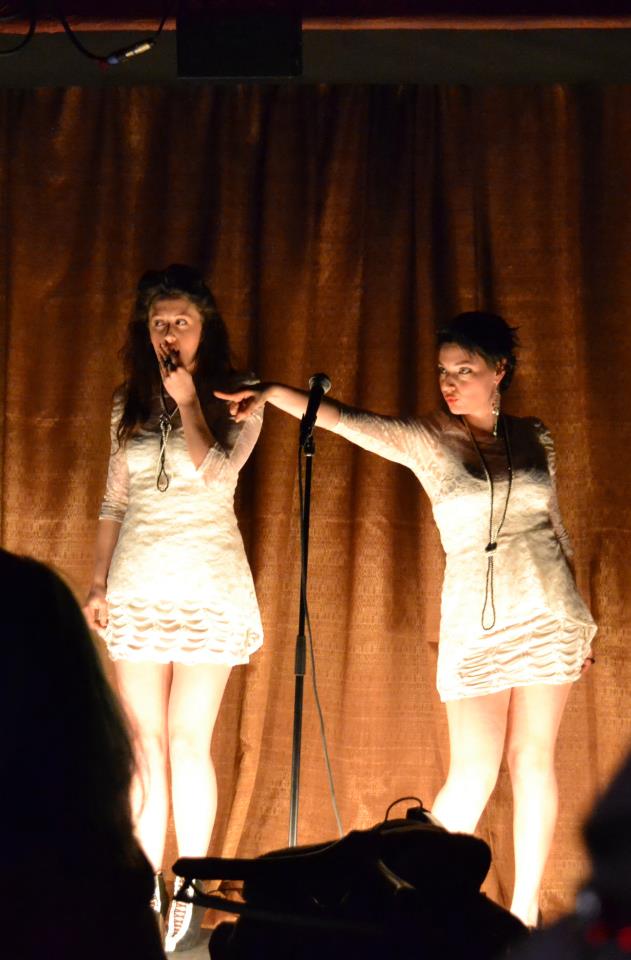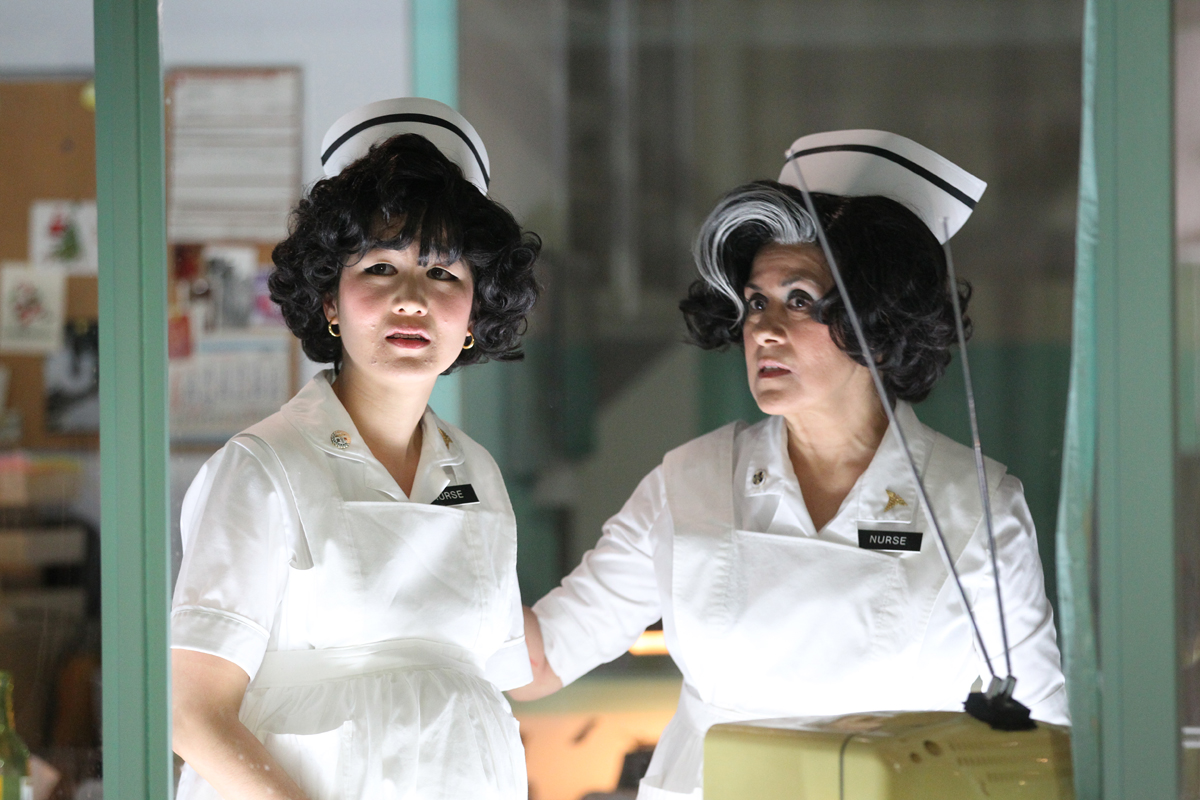We cannot all be artists and writers. Though I'm writing this right now, I'm not really a writer. And though I know how to strum a few chords, I am hardly a musician. What I am is a really intense appreciator of writing and music in a few select categories. My tastes are not catholic or even particularly flexible, but within my genres, I know what's good. I am enchanted by rock and pop music, obsessing on single tracks, playing them over and over again: songs that serious musicians would call silly, music that my longhair parents wouldn't even describe as music. Of all the three-chord wonders I've spent hours listening to, though, the Monkees were the band I remember appreciating first. Watching re-runs of their show on one of the two TV sets in my bedroom, I fell in love. I don't really know why my parents couldn't have forseen that I was not going to grow up to be a classical pianist. Basically, my entire life, I now see, could have been predicted on the basis of this single fact: when I was not much more than a toddler, I bought a handful of Monkees albums, already rather worn, at the Salvation Army on Crown Street, and every night I fell asleep listening to them on my little orange plastic record player, gazing at the pictures of Mike Nesmith.
Davy Jones has died, and on hearing the news I was overwhelmed with memories of being so small and listening to those Monkees records. I was also a huge fan of the TV show, but I loved the records just as much. As I now find my daughter is enraptured by the unlikeliest songs (tracks by the Bobby Fuller Four? by the Pixies?) I had some kind of spell cast on me by Monkees tracks, most of all "Valleri." I even had a Monkees book, with some cartoon story about the Monkees in the Wild West or something like that; I am positive I still have it somewhere because there is no way I would ever have thrown out that book. (Actually, I know exactly where it is. It's packed in a box, the same box with my three copies of the book of Yellow Submarine.) The Monkees were central to my development as a cultural appreciator. And while it's true that I wasn't a Davy Jones fan -- I was a Mike Nesmith girl through and through, which will surprise no one who knows me -- the fact is, it was Davy's sunny charisma that allowed the rest of the Monkees to be famous, to shine too. You couldn't have Mike Dolenz, the dopey one, or Peter Tork, the spacey/arty one, or Mike Nesmith, the "intellectual" Monkee, without Davy, the cute one, who was a little silly but also basically normal, as their foil. And so I acknowledge my debt to Davy Jones. Without Davy Jones, we wouldn't have the Monkees. But the way I see it, there are other important things we wouldn't have. Repo Man, for example. How could Mike Nesmith have gone on to produce that movie if he hadn't had those years as a Monkee behind him? Impossible.
I remember that my babysitter, Laurie, took me to the Salvation Army on Crown Street now and then; it was just down the street from our apartment. I don't know if she was shopping for herself or for us or if she just used the store as a space where we could kill time in bad weather. But we went there, and I remember that I was able to buy my Monkees albums there for for 25 cents each; I saved my allowances to do so. I think Laurie thought it was funny that I wanted those records so badly. I am sure my parents had no idea what the stuff was, but I know that they knew about the records, because I still have them and one of them has been annotated on its sleeve by my father in his remarkable handwriting. If they'd had any idea that a tiny little degenerate was being created at the time, I'm sure they'd have tried to stop it. But they didn't know. It's sort of funny, actually. The Salvation Army fostered my love of pop music trash; it costumed me when I was in my cranky-with-no-cash wee rock and roll girl phase; and even now it costumes me and my daughter. I no longer buy records there, I admit, but I never walk into the Salvation Army without remembering that my long history with pop music -- my life in record collecting -- began there. With a bunch of guys singing someone else's songs, on Colgems, of all labels...
Thanks, Davy Jones. Thanks, Salvation Army. Thanks, Laurie.




